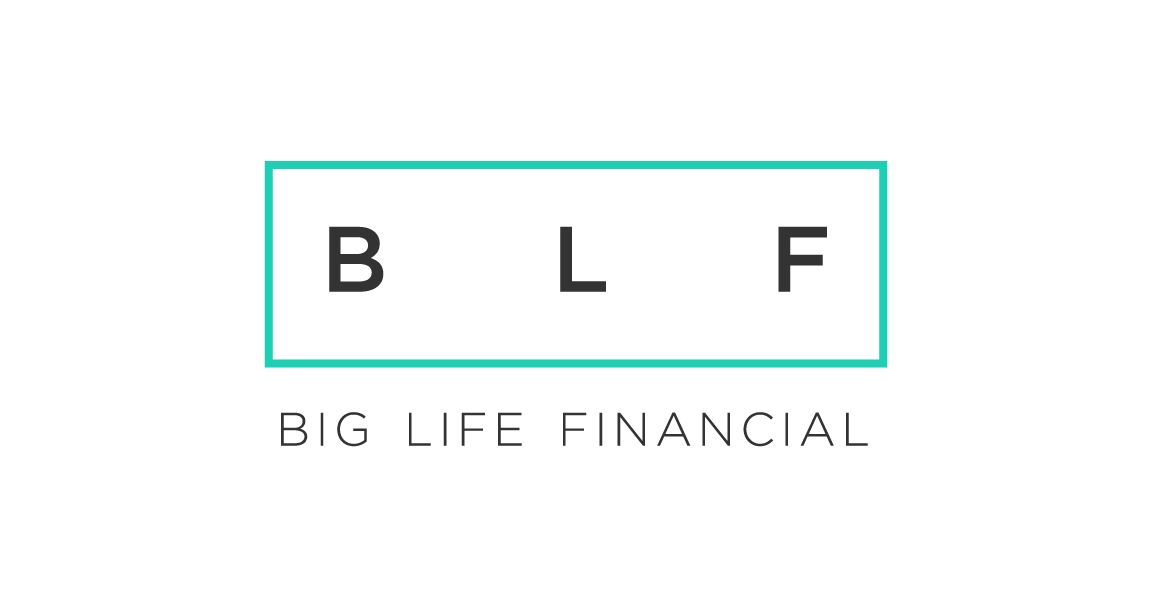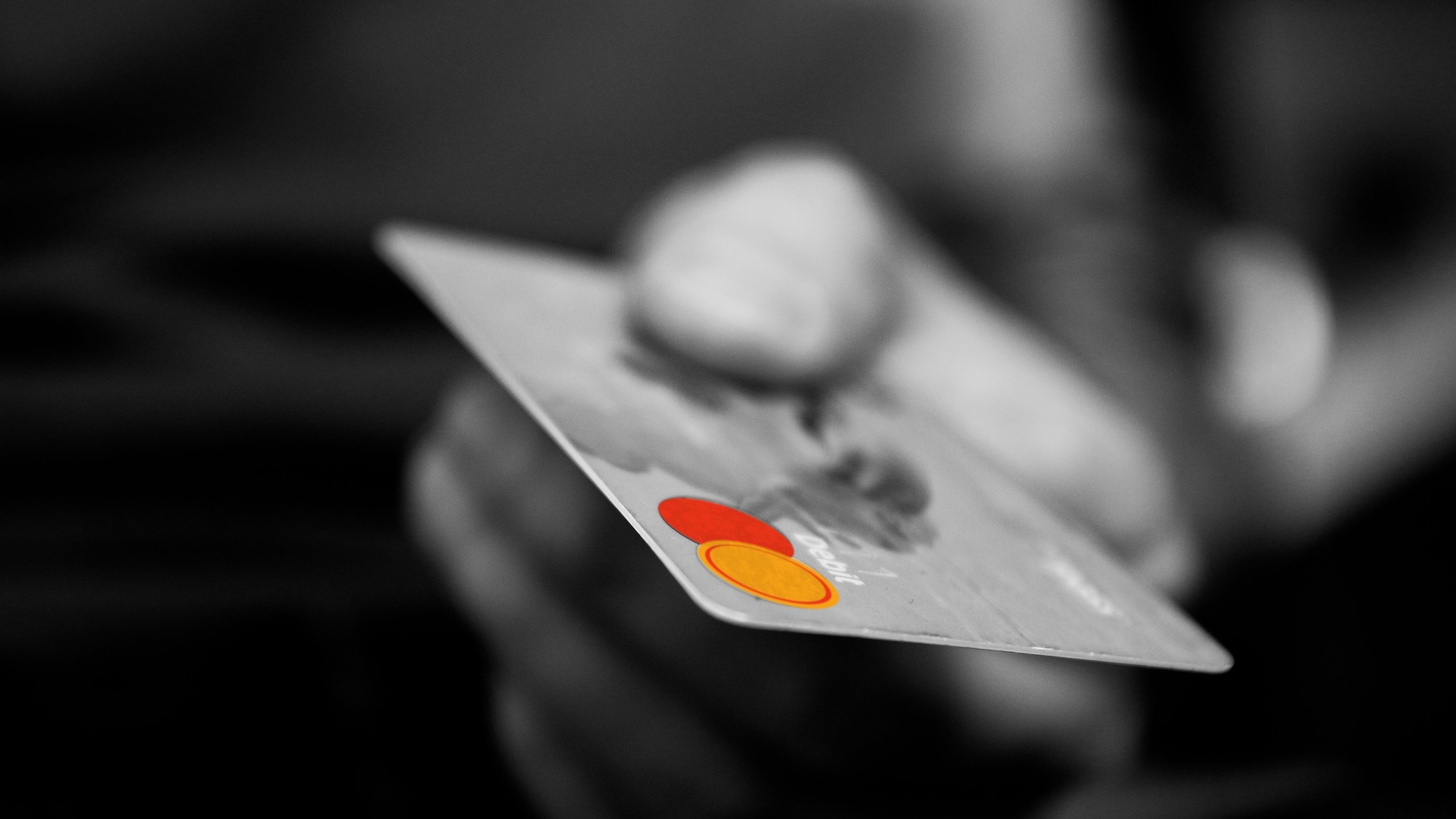Is All Debt Bad?
To many people "debt" is a worse four letter word than those other vulgar unspeakables.
In the eyes of most financial people, debt is the worst possible demon and to be avoided at all costs. Catch phrases that promote paying off your house early, never going on vacation, and always buying a used car permeate this ‘debt is the devil’ culture, and for good reason. Debt can cripple you if it is abused.
But what if I told you that there is a ‘right’ way to use debt?
In fact, what if I told you it’s possible there’s such a thing as ‘good debt’?
Unbelievable?
Those who think that all debt is bad aren’t seeing the whole picture, and that’s what I want you to see – the WHOLE picture.
In actuality, there are several types of debt. Some are pure evil and others may as well have angel wings on them.
For example, would you ever be able to buy a home without using debt? For most Americans the answer is a resounding ‘No’. In fact, most people would never be able to buy a car, start a business, or go to college without debt – and without those options, our country would be blasted back to the stone ages.
Is it true that nice houses, cars, and business or student loans can be crippling. Yes. However, if used responsibly, that debt can also repay itself a hundred fold.
So how do you know if you’re using debt for your own good, or if its digging your financial grave?
Here’s a simply way to look at debt through the lens of financial strategy by classifying each debt as 1 of 4 possible categories:
1) Destructive Debt: This is borrowing to spend on things that are negative in almost every way. It includes gambling, drugs, alcohol, illegal activities and more. You should NEVER borrow money for these things. Period.
2) Consumptive Debt: This includes vacations, TV’s, the latest technology, expensive clothes, etc. These are all things that are nice to have, but unnecessary for anything other than pure enjoyment. You should absolutely purchase the things or experiences that help you enjoy life, but you should NEVER borrow or them. It’s a recipe for disaster. Instead, implement a savings plan to purchase them guilt free and sleep well knowing you are living within your means!
3) Protective Debt: This primarily includes insurances for home, care, health, life, and your business(es). These are all important items because they protect you from losing big when life throws you a curveball, but if you are borrowing to pay them, you are digging yourself a hole that may never end.
4) Productive Debt: This is the good stuff and includes education, personal development, business loans, and even car or home loans. But not every loan under the categories listed qualifies, so it can be a little bit tricky. Here is the test. Ask yourself, “In the long run, will the education or advantage I receive from the product or service I’m purchasing make me MORE money than it is costing me?” In other words, could this purchase qualify as an “investment” that will create more income than it costs? If the answer is ‘Yes’ it qualifies. If not, it is likely a consumptive expense and should be paid for in cash.
The underlying concept here is “Opportunity Cost” (which I will discuss in an upcoming article) and requires the understanding of the unseen costs of any purchase.
So before you make purchases in the future or take on any debt, take the time to ask yourself what type of debt/purchase it might be, and then act accordingly.
If you have further questions on this topic, comment below or contact our office to schedule an appointment to gain more clarity.
LIKE WHAT YOUR READING? THEN YOU’LL LOVE OUR VIDEOS. YOU CAN WATCH AND SUBSCRIBE HERE>>>

